Brilliant Things To Do in June
Plan for the summer months with our list of the best happenings to add to your calendar
Exhibitions and Events
Frida Kahlo: Making Her Self Up at the V&A, London: June 16, 2018The V&A’s exhibition of Frida Kahlo’s possessions is one of the year’s most eagerly awaited, and it finally opens this month. Including many of the Mexican artist’s personal artefacts that have never before been shown outside of her home country, which were discovered in 2004 at Kahlo’s Blue House, the exhibition will spotlight the clothes, jewellery, cosmetics and letters that she owned and used, offering an unprecedented glimpse into what her personal life might have looked like. An intimate, engaging exhibition that’s not to be missed.
Icons of Style: A Century of Fashion Photography, 1911-2011 at the Getty Center, Los Angeles: June 26 – October 21, 2018Spotlighting 100 years that span the 20th and early 21st centuries, the Getty Center’s survey of fashion photography looks to be a broad and compelling account of the medium’s recent history. The exhibition will be sizeable, counting over 150 photographs, which can be seen alongside garments by Alexander McQueen, Christian Dior and Halston, magazine covers and illustrations, and cover the most important figures in the industry, those who pioneered fashion photography as an art form and pushed boundaries in their practices. The selection of photography is nothing short of iconic, and fashion enthusiasts will no doubt marvel at this LA exhibition.
The Great Spectacle at the Royal Academy, London: June 12 – August 19, 20182018 marks the 250th anniversary of London’s Royal Academy, the city’s veritable hub of exciting historical and contemporary art. This year, then, is also the Academy’s 250th Summer Exhibition, and to honour the occasion it presents The Great Spectacle, a look back at the history of the annual groundbreaking exhibitions that bring together the best in British art of the time. How the show has evolved over the centuries and the way its impact has changed will be central to The Great Spectacle, which opens to coincide with this year’s Summer Exhibition – combining past and present in spectacular fashion.
Greg Gorman: Beyond the Portrait at 29 Arts in Progress, Milan: June 6 – September 1, 2018The roster of celebrities who have stepped in front of Greg Gorman’s lens is an impressive one, and includes the likes of Grace Jones, Leonardo DiCaprio, Michael Jackson, Marina Abramović and John Waters. The American photographer’s sensual black and white shots are being exhibited this summer in Milan (the opening of the exhibition is timed to coincide with the city’s Photo Week), each one an intimate, captivating portrayal of Gorman’s subject.
Michael Jackson: On the Wall at the National Portrait Gallery, London: June 28 – October 21, 2018Coinciding with what would have been the icon of music’s 60th birthday, London’s National Portrait Gallery is staging a monumental exhibition on Michael Jackson. On the Wall will hone in on how Jackson and his music inspired the artists, photographers, and fashion designers of the times via work by over 40 artists – think Andy Warhol, David LaChapelle and Catherine Opie – who depicted the musician in one way or another. The imprint that Jackson left on popular culture in his lifetime, and indeed continues to leave today after his death nine years ago, is undeniably compelling.
Jacques Henri Lartigue: C’est Chic! at Michael Hoppen Gallery and Paul Smith, Albemarle Street, London: until July 28, 2018“[D]espite the undeniable glamour, what he loved the most was to capture the spontaneous, the ordinary,” Paul Smith told AnOther of the inherent insouciance of Jacques Henri Lartigue’s photography, which is on show now in two London exhibitions curated by the designer and Michael Hoppen. Lartigue’s mesmerising photographs from the 1940s, 50s, 60s and 70s are, as the exhibition’s title suggests, incomparably chic, and what’s perhaps most exciting about this double offering of his oeuvre is the fact that many of the exhibited images have rarely been seen before now, since these later years of Lartigue’s career are much less studied. That, and the unbridled escapism they offer.
Ron Arad: Yes to the Uncommon at the Vitra Design Museum, Germany: June 6 – October 14, 2018Israel-born designer Ron Arad has notably shied away from convention and pushed boundaries to marvellous effect throughout his career. Whether it’s crafting a novel armchair from a discarded leather Rover 90 car seat or bending sheet steel to create furniture, Arad’s designs are constantly ahead of their time, owing to his improvisatory methods and penchant for using found objects. The Vitra Design Museum’s retrospective will also resurrect Arad’s ‘Sticks and Stones Machine’ first crafted in 1987, which “[eats] chairs and metal objects and then disgorges them in the form of pressed cubes”.
The Riga International Biennial of Contemporary Art: June 2 – October 28, 2018Back for its third edition, the Riga Biennial looks to highlight the best in contemporary art in the Baltic states. Head to the Latvian capital for a vast range of work by artists who engage with their landscape and context, responding to the cultural and geographical idiosyncrasies of the region. The type of work ranges from collage and photography to large-scale installations, and archive film by the likes of Jonas Mekas, and subjects include the underground queer and techno scene in Kiev and the exploration of alternative futures.
Ryan Hewett: The Garden at Unit London, June 29 – July 22, 2018The inaugural exhibition in vast new Mayfair gallery space from Unit London will be The Garden, a survey of work by South African artist Ryan Hewett. Graphic, bold, and featuring elements of fantasy and the surreal, Hewett’s large-scale portraits and landscapes are fascinating in their disjointed familiarity.
Christo and Jeanne-Claude: Barrels and the Mastaba 1958–2018 at the Serpentine, London: June 19 – September 9, 2018Christo and Jeanne-Claude’s Mastaba project has been planned since 1977, and – partly in tribute to his late partner, who died in 2009 – Christo is set to introduce it as a permanent gargantuan structure in Abu Dhabi made entirely of barrels stacked horizontally. A version of it will float on the Serpentine lake this summer, coinciding with an exhibition of Christo and Jeanne-Claude’s innovative use of barrels in their work – which encompasses, of course, the wrapping of islands and monuments across the globe – at the Hyde Park gallery of the same name. Illustrated with sculptures, scale models, drawings, collages and photographs, this show is a rare chance to understand what goes into making the duo’s incredible creations, and the Mastaba on the Serpentine marks the first time one of their pieces has been shown in public in Britain.
June Event Series at LAXART: June 4 – July 3, 2018Hilton Als, Kim Gordon and Adam Linder are just some of those involved in LAXART’s June Event Series, a month-long programme of exciting talks, performances, concerts, and theatre. The series is free to enjoy, and promises to be a radical celebration of what is at the heart of the Los Angeles space – championing groundbreaking endeavours in art and creation – to mark the opening of its new gallery. Highlights include: I Heart Poetry and Day Drinking, a poetry reading and cocktail event; Kim Gordon and Leila Bordreuil on guitar and cello respectively in an improvised concert; and a discussion on black radical thought and activism, stemming from the effect of Black Panther.
1968: One Year, An American Odyssey at the National Portrait Gallery, Washington DC: June 29, 2018 – May 19, 20191968 was an important year in American history: space landings, the Olympic games, the Civil Rights Act and the Vietnam War all shaped the country’s social and political landscape. It was also the year that Washington DC opened its National Portrait Gallery, thus it’s fitting that the institution look back on its opening era through photography and painting that have come to define it. Expect appearances from Janis Joplin, Apollo 8 astronauts and Martin Luther King Jr. among the impactful works on display.
Machines à Penser at the Fondazione Prada, Venice: until November 25, 2018Philosophy is at the heart of Machines à Penser, the Fondazione Prada’s installation in Venice. The three 20th-century philosophers that the show spotlights – Adorno, Heidegger and Wittgenstein – have isolation in common, and each retreated to huts at some stage in their lives. Thus, the exhibition centres on Ian Hamilton Finlay’s Adorno’s Hut, a 1987 recreation of the first philosopher’s sacred space, and two further architectural interpretations of huts belonging to the other noted thinkers. It’s a space that looks to inspire reflection, aided by photographs, ceramics and works of art.
Space of Contemplation at the Korean Cultural Centre, London: June 7 – July 21, 2018Head to London’s Korean Cultural Centre for a glimpse at one of the region’s most exciting international artists, Jhoen Soocheon, whose arresting, experimental installations are being exhibited. Soocheon takes historical stories and reinterprets them as large-scale, highly unique pieces – one such installation is made of stainless steel mirrors and references a 15th century poem; another takes the form of a cube made of 35,000 individual components; and a work in 2005 saw the artist wrap an entire train in white fabric, that went on to travel thousands of kilometres across America (but is naturally not on show in London today).
The Power of Sympathy: The Photography of Dagmar Hochovà at the Czech Centre, London: June 20 – 29, 2018For a fleeting moment this month you can catch the resounding images of Czech photographer Dagmar Hochovà, who trained her lens on life in her home country during the Communist years. During tense decades in the late 20th century, Hochovà set about capturing the everyday, and particularly children in Czechoslovakia. The innocence she shot is juxtaposed with her photographs of the Prague Spring in 1968 and the Velvet Revolution 20 years later, which resulted in the end of one-party rule in the country. Rarely seen in the UK, Hochovà’s photographs are a telling testament to the life – the everyday, the political, and the cultural – around her in the latter half of the 20th century.
Alexander Calder: From the Stony River to the Sky at Hauser & Wirth, Somerset: until September 9, 2018Alexander Calder’s kinetic sculptures are filling the gallery spaces and grounds of Hauser & Wirth Somerset in a mammoth exhibition of the American artist’s work. Not only are his mobiles, figures and vivid sculptures on show, but myriad domestic objects that he created for his home are revealed for the first time too. Calder made furniture (chairs, tables, lamps), jewellery and household objects (a chess set, for example) throughout his life, and favoured innovation in whatever he was creating; Roxbury, his Connecticut home and studio, and its impact on his practice is a central focus point of the exhibition, from his decision to create outdoor pieces to the use of found objects from the local country in his work.
Antiques Anonymous at Church Street, Marylebone: June 24, 2018Fans of antique hunting will flock to Church Street at the end of this month for Antiques Anonymous, a one-day Flea Market on the legendary shopping street. Over 70 dealers from across London will take to the streets for the market’s second edition, and street food and live music will be on offer alongside a wide array of vintage finds.
The Best in Film
June has arrived, bringing with it a fantastic array of new films to help while away the cooler summer evenings. French auteur Francois Ozon returns with L’Amant Double, an absurd but tense thriller about a vulnerable young woman (Marine Vacth) who falls for her psychotherapist, only to discover he’s concealing a major part of his identity. My Friend Dahmer is Marc Meyers’ chilling investigation into the teenage years of notorious serial killer Jeffrey Dahmer in the build up to his first murder. A compelling portrait of psychopathy ensues, fuelled by a mesmerising performance from Ross Lynch as the disturbed murderer-in-the-making. With its 100% Rotten Tomatoes score Ari Aster’s Hereditary, is being billed as the art-house horror unlike anything you’ve seen, and we’re intrigued. It is the story of Annie Graham (Toni Collette) whose life begins to unravel following the death of her elderly mother, as she and her family begin exploring their ancestry with truly terrifying results.Don’t miss Italian drama A Ciambra, the story of Pio Amato, a 14-year-old troublemaker, desperate to prove himself to his older brother. Many a hair-raising escapade ensues in this raw and accomplished coming-of-age study. Leave No Trace meanwhile, from Winter’s Bone director Debra Granik, follows a father and his teenage daughter whose unusual but idyllic off-the-grid existence in a forest in Portland, Oregon is shattered when they are reported to social services. The film follows their traumatic and testing journey to find a place to call their own to extremely powerful effect.
Documentary fans are in for a treat this month, thanks to an abundance of brilliant new offerings. There’s McQueen, Ian Bonhôte and Peter Ettedgui’s emotional and illuminating exploration of the life of the late British visionary, whose genius changed the face of fashion. There’s Tranny Fag spotlighting the inspiring transgender singer Linn da Quebrada, who uses her explicit brand of electro-funk to highlight the plight of Brazil’s marginalised communities. Boom For Real, from Sara Driver, is a brilliant portrait of Jean-Michel Basquiat’s teenage years and the influence of late 70s New York, and its bubbling creative scene, upon his idiosyncratic oeuvre. Supplement your New York nostalgia with Studio 54, a vibrant portrayal of the fabled 70s nightclub, and the hedonistic disco days it cultivated. Grey Gardens lovers, rejoice! A sublime prequel to the beloved story of Big Edie and Little Edie – the eccentric mother and daughter duo living a life of faded grandeur in a dilapidated Long Island estate – is headed your way in the form of That Summer, from Göran Olsson. The film takes us back in time to 1972, inviting us into the Beales’ lives three years before the Mayles’s landmark movie introduced them to the world.
Food and Drink
Brigadiers, Bloomberg Arcade, London: opening June 6, 2018The latest from the powerhouse sibling team behind Hoppers, Trishna and Gymkhana is Brigadiers, which opens within the Bloomberg Arcade next week. The USP here is whisky, Indian barbecue, and live sports (no doubt the chicest ‘sports bar’ you’ll ever set foot in) and dishes and cocktails are designed for sharing, emulating the fundamentally social aspect of Indian army mess bars.
OOM Supper Club, Brixton Pound Cafe, London: June 9, 2018Inspired by Jamaican cuisine and aiming to tackle the island’s growing plastic pollution issues, OOM Supper Club is an “immersive, plant-based dining experience” comprising three courses of delectable-sounding food (jerk plantain slaw and coconut gizzada tart, for example) geared to draw attention to healthy consumption.
ROVI: opening June 21, 2018Be sure to visit ROVI this summer, a new venture from Ottolenghi. Enjoy fire-grilled peaches and scallops with cucumber kombucha – cooked over fire and fermentation are key cooking methods here – in the Bauhaus-inspired dining room, or simply a cocktail at the bar in the impressive space.
Giant Steps, Hackney Wick: until September 23, 2018A summer party pop-up like no other, Giant Steps comes from Dalston restaurant Brilliant Corners and the Analogue Foundation to hold outdoor events combining music, food and drink in East London until September. Jazz performances in the day make way for renowned DJs in the evenings, and summery cocktails, natural wines and bespoke barbecue offerings punctuate the space.
Great Performances
There are lots of reasons to slink out of the sun and into the theatre this June. If you haven’t visited fringe theatre venue The Bunker yet, now’s your chance. The intimate space is hosting a new festival dubbed Breaking Out, giving a platform to brilliant emerging companies like Poke in the Eye, whose play Libby’s Eyes is an experimental tale of a young woman operating in a world she’s unable to see, and Sleepless, whose show Nine Foot Nine envisions a world in which “every self-identifying women suddenly grows to nine foot nine inches.” Meanwhile Birmingham International Dance Festival is back for its sixth edition this month, featuring ten UK premieres, from Compagnie Didier Theron’s tongue-in-cheek production AIR, featuring pink, barbapapa-like costumes to the spellbinding light sculpting choreography of Czech Vera Ondrasikova & Collective. While Midlands Made offers up a programme dedicated to spotlighting UK talent, curated by esteemed choreographers Wayne McGregor and Rosie Kay.For those of you who missed The Jungle, Joe Murphy and Joe Robertson’s much acclaimed depiction of life in the now-destroyed migrant camp in Calais, now’s your chance as it transfers to the West End in mid-June. An immersive experience that draws on the playwrights’ experiences after setting up their own production company alongside the camp, it packs a powerful and provocative punch. Be sure to catch Cordelia Lynn’s One For Sorrow at the Royal Court, the story of 20-year-old Imogen who offers refuge to the victim of a London terrorist attack without asking her family’s permission. Enter John, who the play’s blurb reveals “is different to them… [not] what they expected. And although they’d never admit it to themselves, [not] necessarily what they want.” An accompanying quote – “You will do anything, in the end, to keep the people you love safe” – suggests that things do not go well. Enticingly ominous stuff.


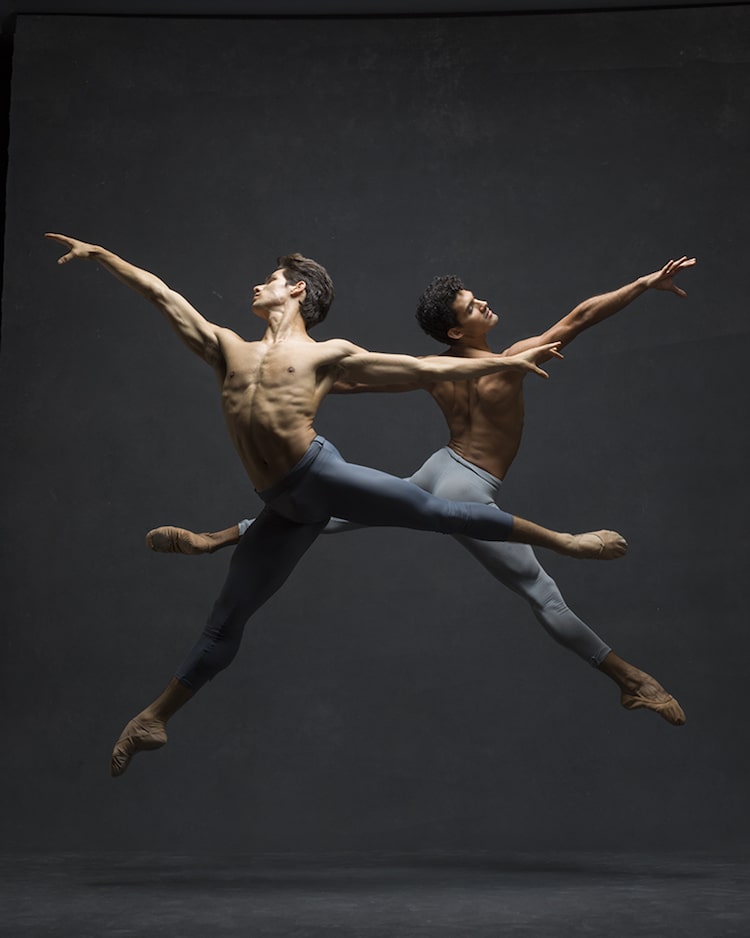

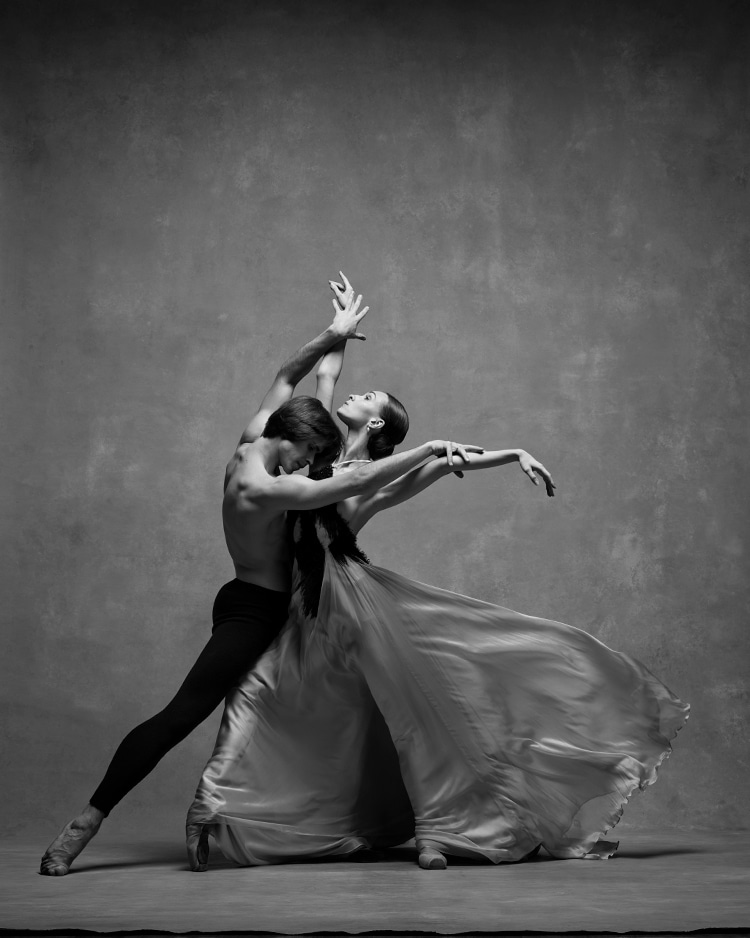


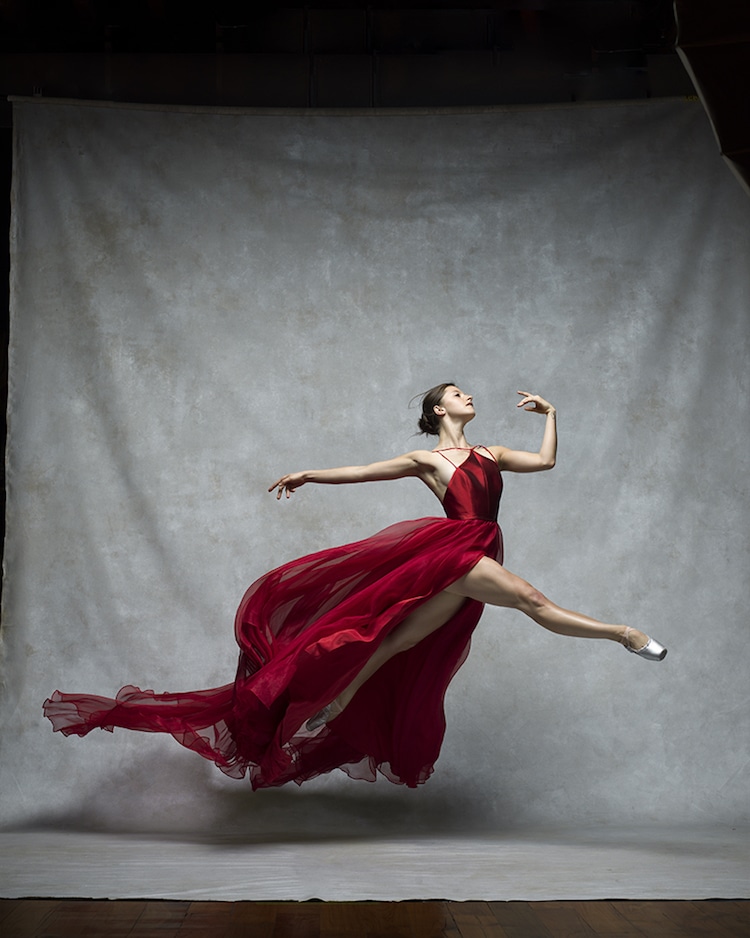
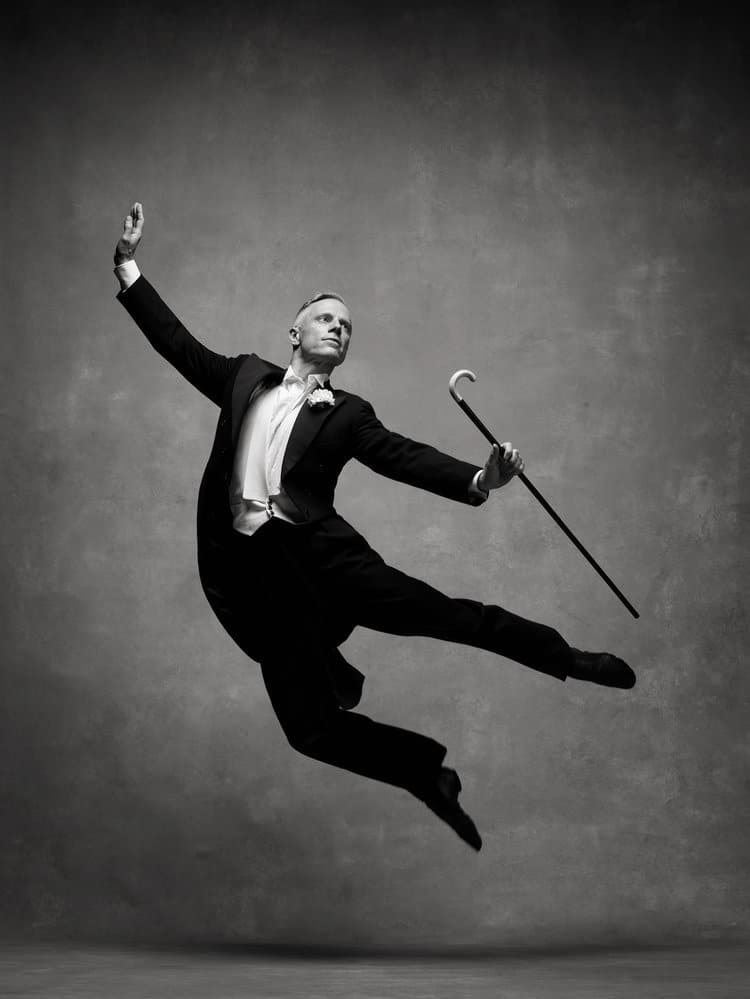
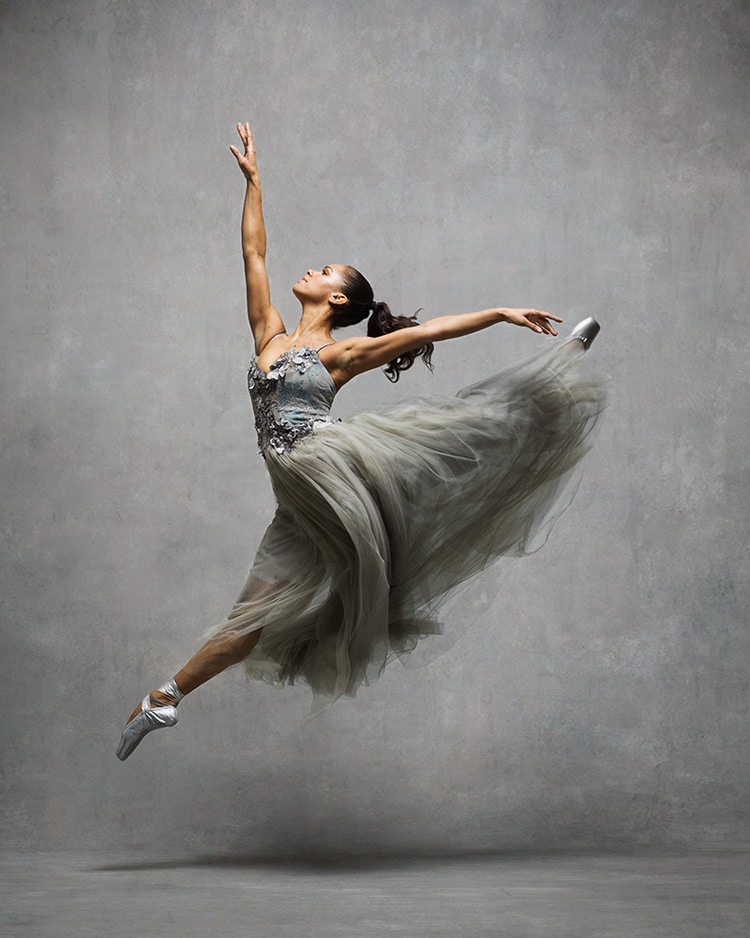

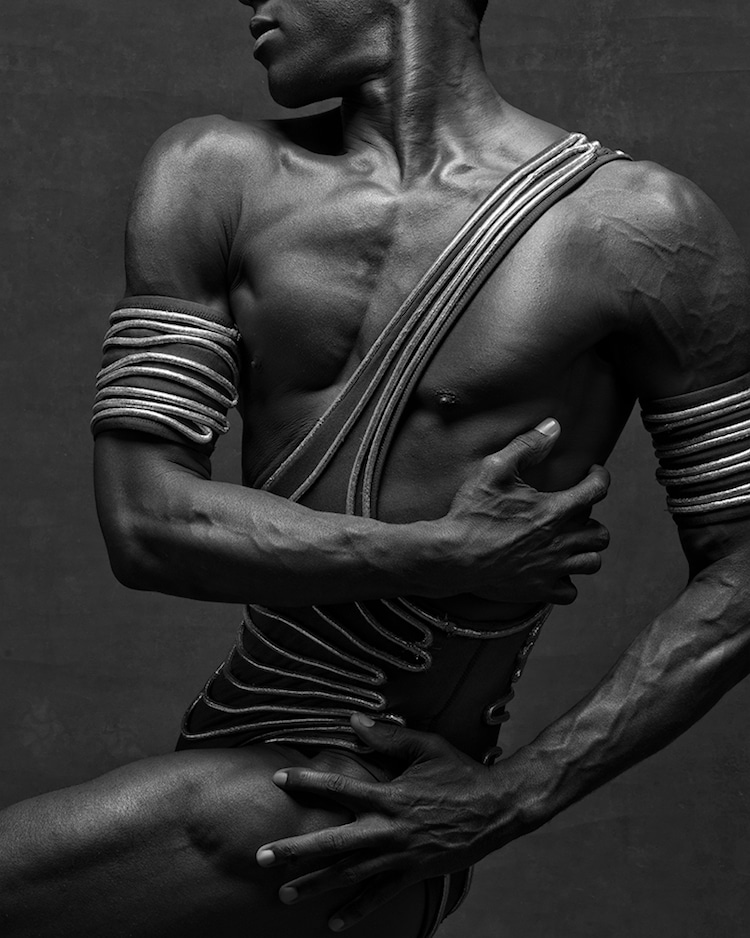
 Alexi Lubomirski/The Duke and Duchess of Sussex via Getty Images
Alexi Lubomirski/The Duke and Duchess of Sussex via Getty Images Alexi Lubomirski/The Duke and Duchess of Sussex via Getty Images
Alexi Lubomirski/The Duke and Duchess of Sussex via Getty Images Alexi Lubomirski/The Duke and Duchess of Sussex via Getty Images
Alexi Lubomirski/The Duke and Duchess of Sussex via Getty Images





